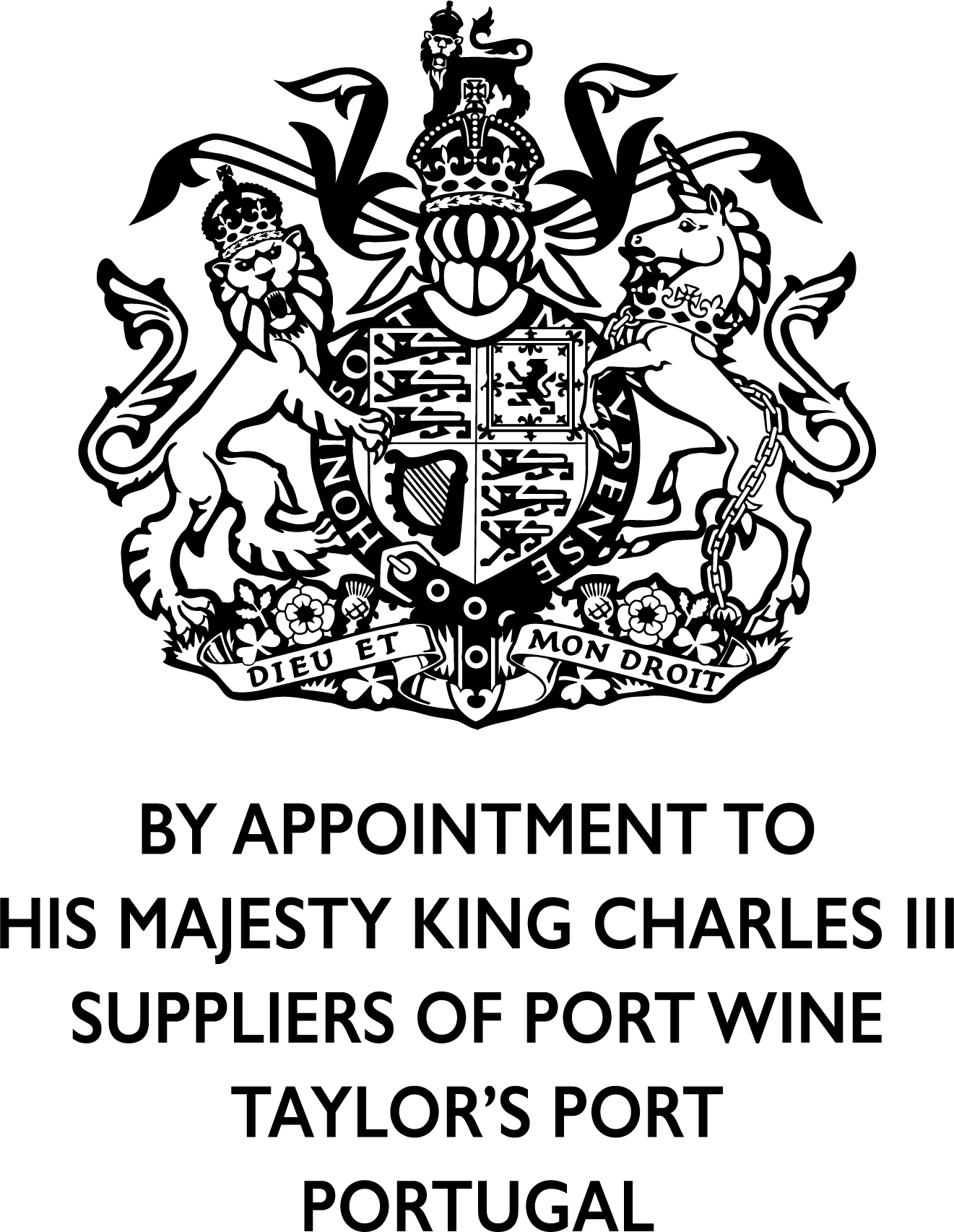The history of Port abounds with tales of adversity. We’re blessed with so many wonderful stories of human ingenuity succeeding against considerable odds. This time, we’d like to share with you a story of bravery: the tale of the courageous mariners who risked their lives shipping the Port from vineyard to coast.
A Turbulent History
Before the advent of road and rail, the remote port estates of the Upper Douro valley were accessible only by river.
Yet, until the dams started to be built in the 1970s, the Douro was a treacherous river. Fastflowing and turbulent, it raged through narrow canyons and gorges before meeting the Atlantic at Oporto.
So, for centuries, Port producers like Taylor’s were reliant on a group of highly skilled mariners to transport their precious cargo from the vineyard to the cool cellars on the Atlantic coast. They needed the crews of the barcos rabelos.
The Beautiful Rabelo
The rabelo is a flat-bottomed boat, purpose-built to navigate the terrifying rapids of the Douro. Capable of carrying up to 100 casks of Port, the rabelos were instantly recognisable by their long and elegant steering oars.
Twelve incredibly brave and strong men made up the crew of each rabelo; all of them knowing that the next journey could be their very last.
Danger! Rapids!
In order to navigate the rapids in one piece, the rabelos needed to be positioned with pinpoint accuracy in the river. Once caught by the current, there was little a crew could do but hope and pray that they would emerge unscathed in the calmer waters beyond.
The foreman of the tiller would release the steering oar, remove his cap and then cross his arms, exclaiming "Agora vai com Deus”- "Now it goes with God”.
Going Against Nature
Navigating the upstream journey came with its own problems. When there was no current, the rabelos could be rowed, with the sail assisting in a favourable wind.
But against the faster-moving rapids, towing was the only option. This was treacherous, back-breaking work for the crews, clambering along dusty, rocky cliffs, dragging the boat behind them. Always just one slip away from the crashing rapids below.
Share The Burden
If the crew were lucky, there was a tow path. The rabelo would sound its horn to summon the local farmers. A shout of "Eh! Boieiro” would echo around the valley, and as many as three yoked pairs of oxen would attempt to tow the boat.
Despite the incredible skill of the crews, there were many lives lost to the Douro, including Baron Forrester, who was lost to the infamous Valeira gorge rapids in 1861, along with his legendary, gold-filled money-belt.
A Little Help From Above
It’ll come as no surprise to you that the mariners were men of faith. The rabelos were given religious names, and many shrines and wonderful paintings were created on the cliffs overlooking the most dangerous canyons.
Life Onboard
As a reward for their toil, the crew received three frugal meals a day. Breakfast and dinner consisted of grilled sardines, whilst lunch was a more substantial meal of bread, veal, and hearty vegetable broth.
Every meal would be washed down with copious amounts of wine. Bearing in mind the nature of the cargo, it was hoped this wine would discourage the crew from pilfering port from the casks.
It didn’t. The custom of the ‘prova’ (taste) involved the mariners ‘taking’ a small amount of Port from the cargo and often hiding it on a sandy beach to enjoy on their return. After all, good Port is difficult to resist.
The End Of The Rabelo
The first railway along the Douro was completed in 1887. No longer was the rabelo the only choice for transporting wine and bulky goods to the coast. Still, these brave boats remained in favour for many decades more.
The coming of the roads changed that forever. The last commercial journey of a rabelo is said to have taken place in 1964.
Returning The Favour
Without the rabelos and their courageous crews, the port industry would never have been able to flourish. So it seems only right that the Port houses have now joined together to save the rabelos from extinction.
Many of the Port houses have built rabelos to remind us of their glory days. These beautiful boats take to the river on St John’s Day on the 24th June to participate in the annual rabelo regatta. It is a wonderful sight to behold.
The highlight of the day? The race, of course.
